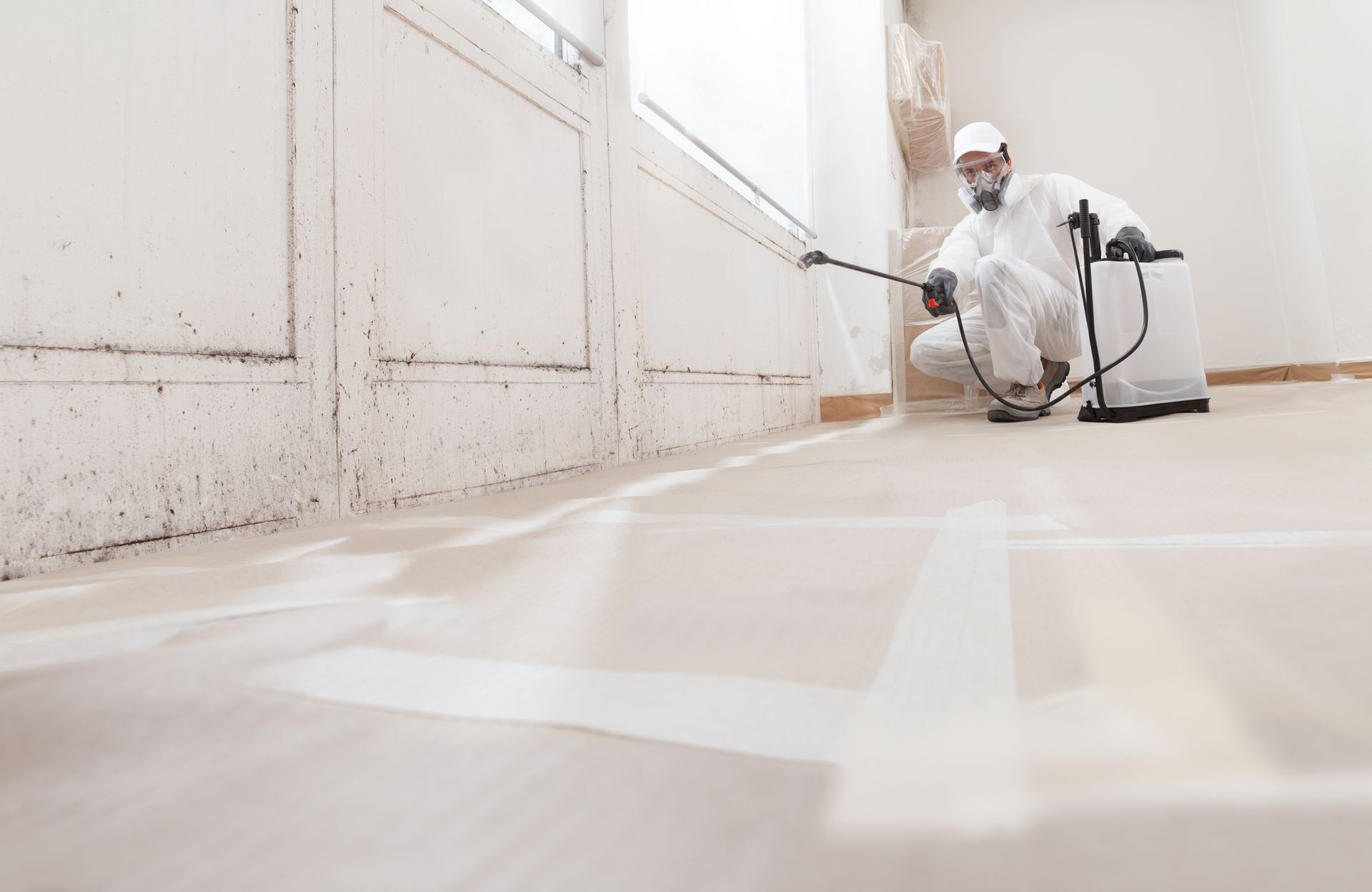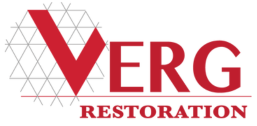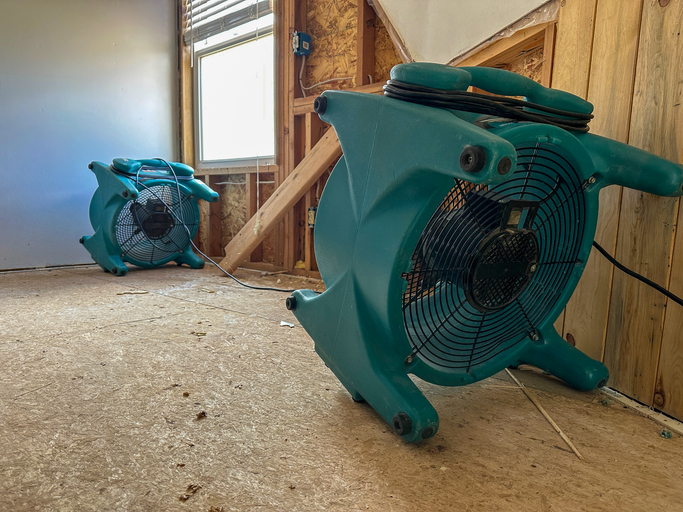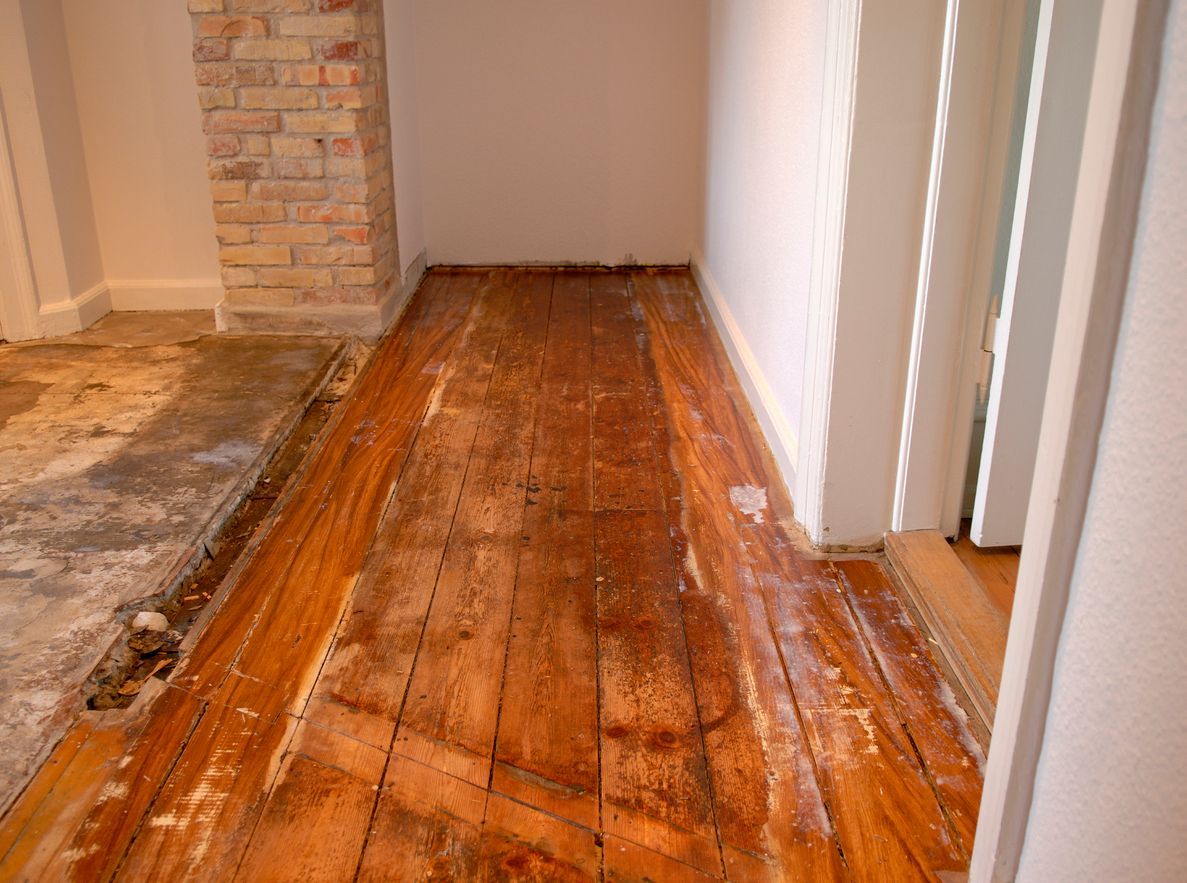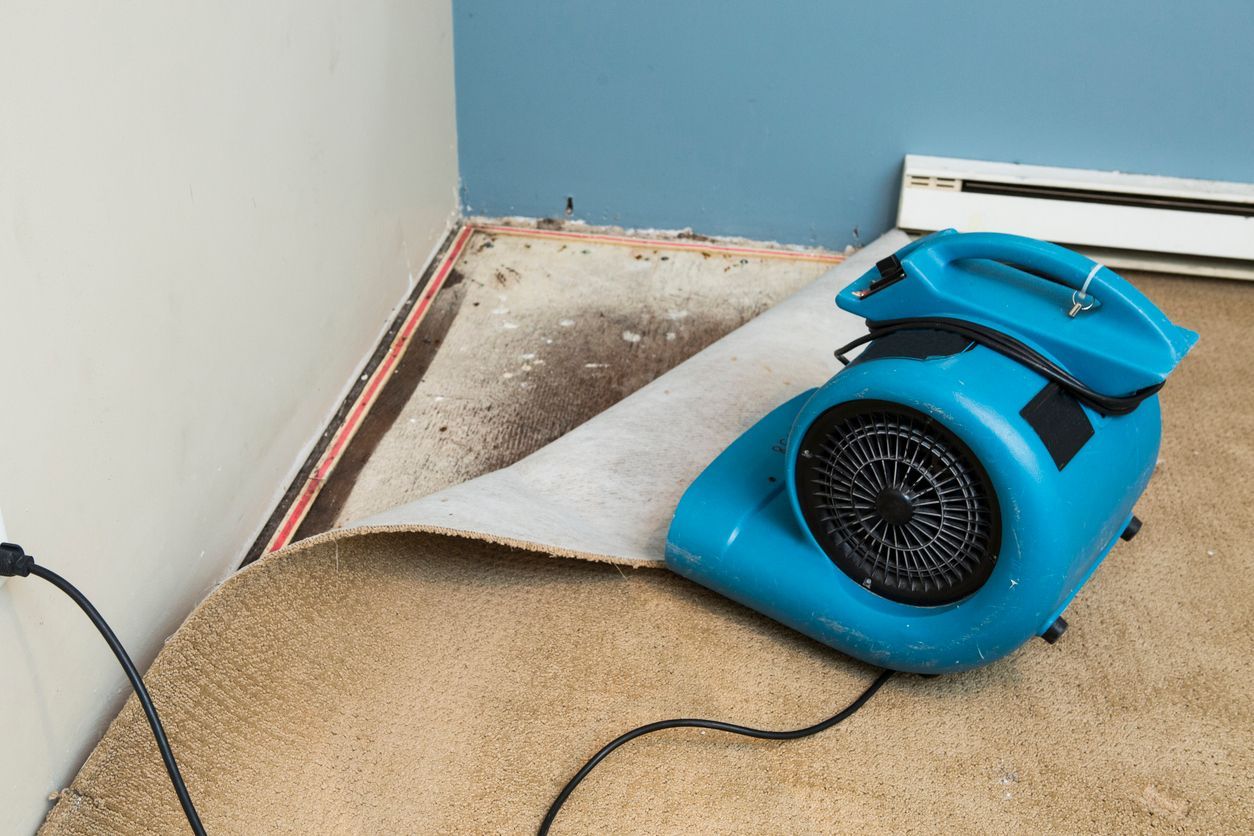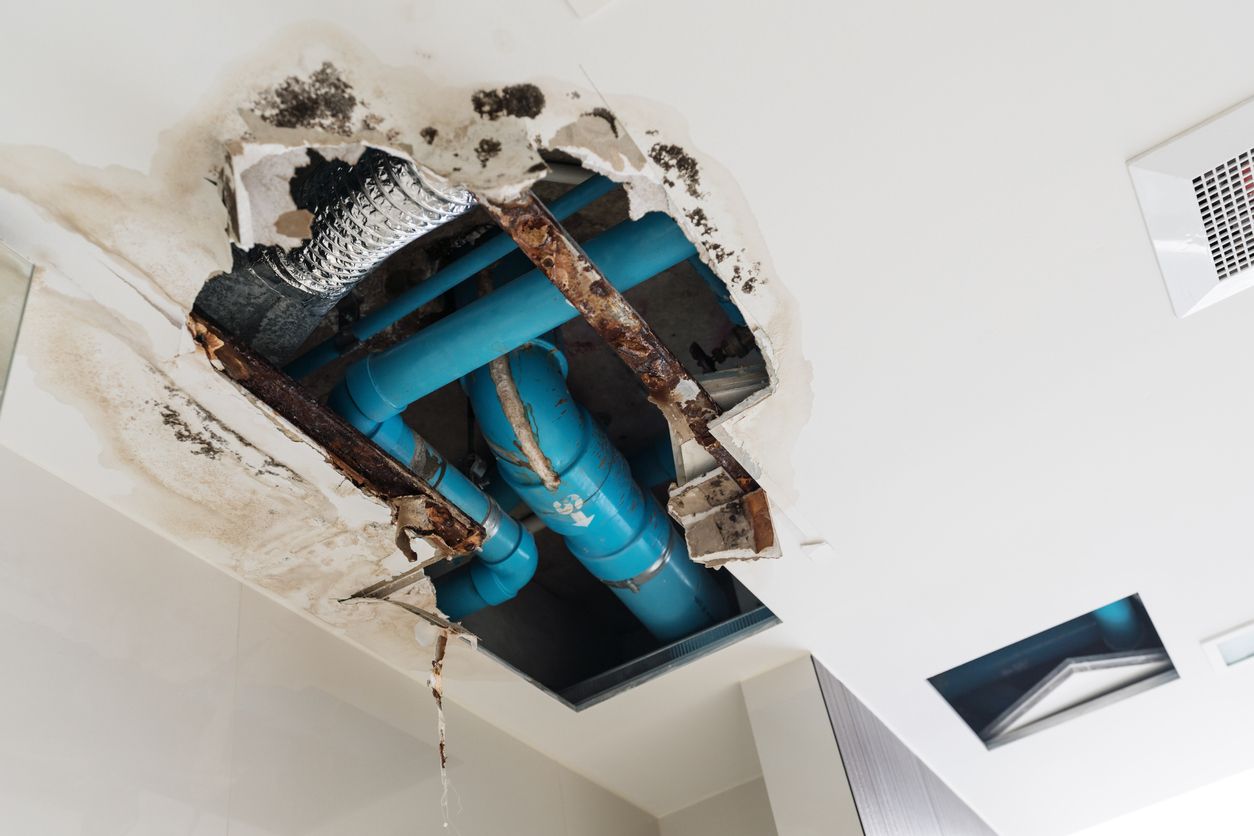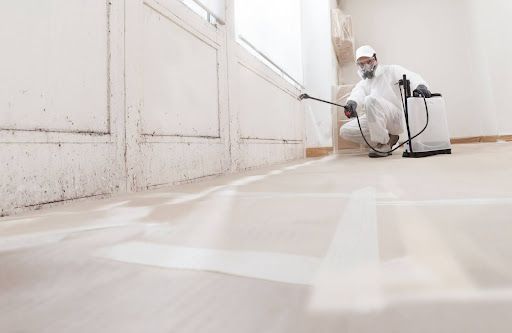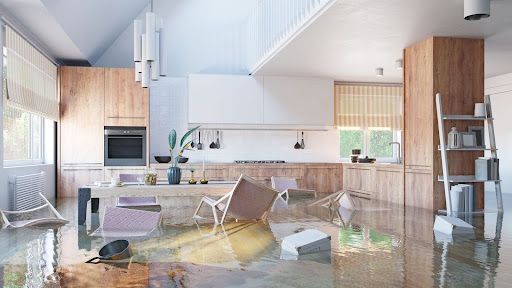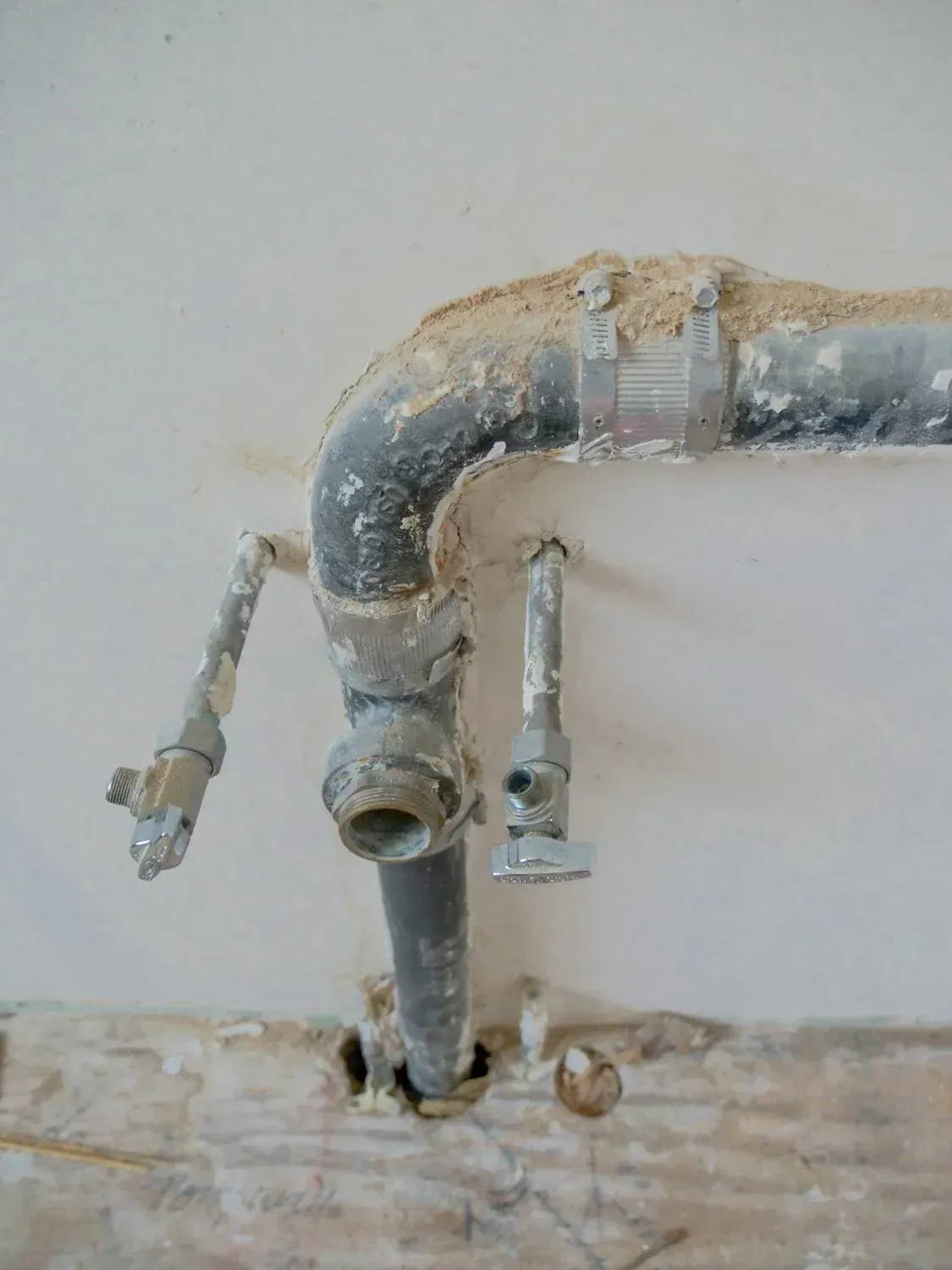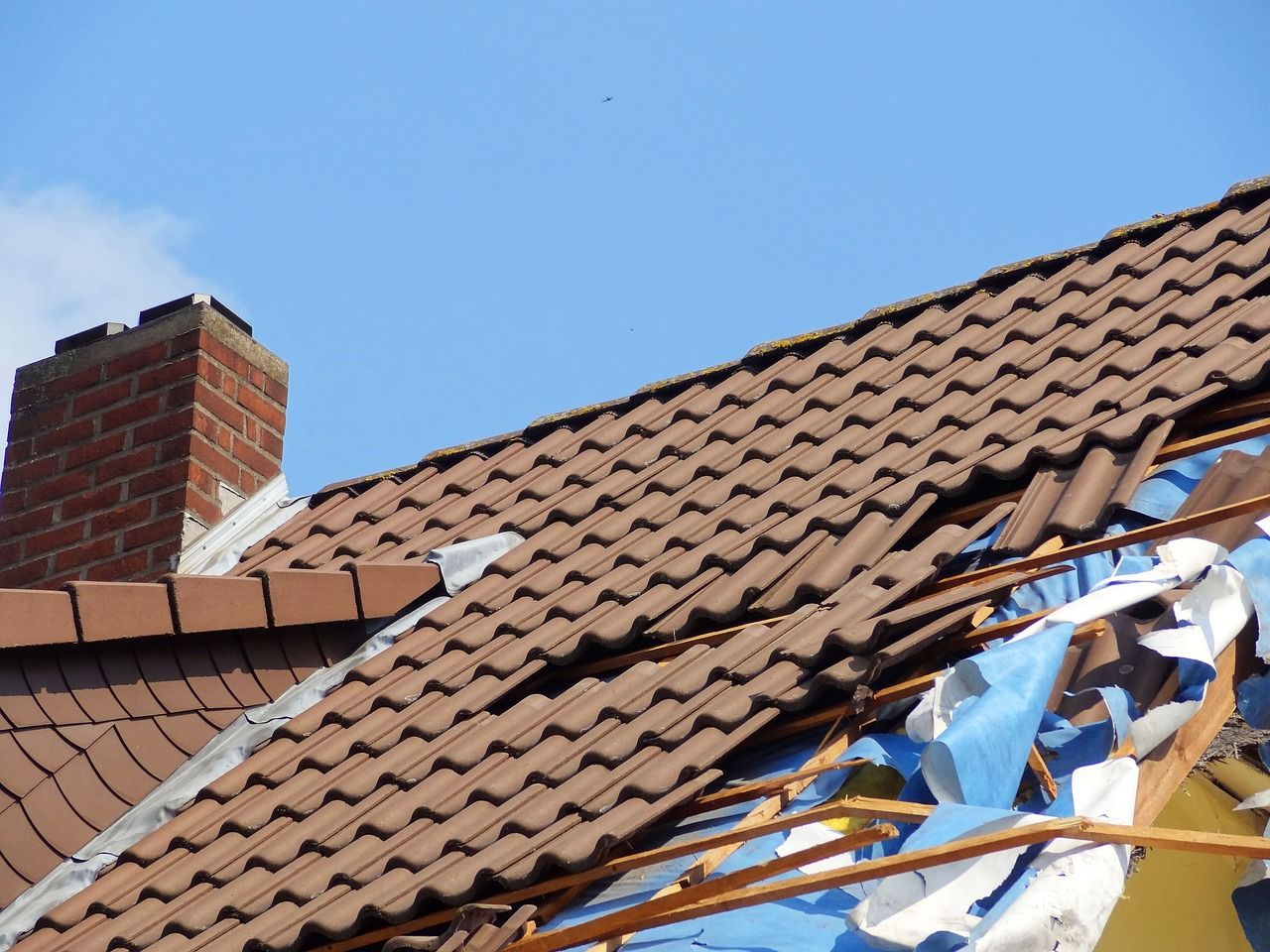Essential Steps to Prevent Mold After Water Damage
Water damage in your home can feel overwhelming, and the clock is ticking. Quick action is not just about repairs—it's key to stopping mold before it starts. Mold, a sneaky and unwanted guest, can show up fast, often within 24 to 48 hours after water damage. Acting swiftly can make all the difference in keeping your home healthy and mold-free.
But where do you start? Sometimes, the steps to prevent mold might seem confusing or too much to handle. That's where professional help becomes invaluable. For expert assistance in water damage restoration in Vancouver WA, Verg Restoration is your reliable partner. With their know-how, you can tackle water damage effectively and keep mold at bay. Let's dive into some crucial steps you can take to prevent mold after water damage.
Understanding Mold and Its Risks
Mold isn't just a cosmetic issue—it's a serious problem that can arise from water damage in your home. Knowing what causes mold to grow and understanding its health risks are the first steps in effective prevention.
What Causes Mold to Grow after Water Damage?
Mold thrives in moist, warm environments. After water damage, if the moisture isn't removed quickly, it creates the perfect setting for mold spores, which are always present in the air, to settle and multiply. Factors like poor ventilation, high humidity, and lingering dampness contribute to mold growth. It's not just about visible water; high humidity levels alone can be enough to kickstart mold. In essence, any area that remains wet or damp for more than a day can become a mold hotspot.
Health Risks Associated with Mold
Mold isn't just an issue for your home's structure; it poses health risks too. It can cause various allergic reactions, such as sneezing, skin rashes, and a runny nose, especially in sensitive individuals. More serious effects include respiratory issues and worsening of asthma symptoms for those with pre-existing conditions. Certain types of mold, like black mold, can produce toxins known as mycotoxins, which are even more harmful to human health. Children, the elderly, and those with compromised immune systems are particularly vulnerable to these health risks. That's why understanding and preventing mold growth after water damage is not just a matter of property maintenance, but also a crucial step in safeguarding your family's health.
Immediate Actions After Water Damage
Taking quick and decisive action after water damage is crucial in preventing mold growth. Here are some immediate steps to remove water and moisture, and the role of dehumidifiers and fans in drying out your space.
Removing Water and Moisture Promptly
As soon as you notice water damage, the first step is to remove standing water. Use a wet-dry vacuum if available, or towels and mops for smaller areas. After removing the water, focus on anything wet - carpets, furniture, bedding, and clothing. These items should be dried outside or in a well-ventilated area. For carpets and upholstery that are heavily soaked, consider professional cleaning or replacement.
It's also important to open windows and doors to increase air circulation, which helps in drying out the space. However, if the humidity outside is high, keep windows closed and rely on dehumidifiers instead.
Using Dehumidifiers and Fans for Drying
Dehumidifiers play a crucial role in extracting moisture from the air, which helps in preventing mold growth. Position dehumidifiers in key areas affected by water damage and keep them running until areas are completely dry. Remember to regularly empty the collected water from these units.
Fans are also useful in speeding up the drying process. They help circulate air across wet surfaces, making them dry faster. However, avoid using fans if mold has already started to grow, as they can spread mold spores to other areas. In cases of severe water damage, where flooring or walls are soaked, professional drying services might be needed to ensure thorough drying and prevent mold growth.
Cleaning and Disinfecting the Area
After addressing the immediate water issues, cleaning and disinfecting the affected area is vital to prevent mold growth and ensure the space is safe and healthy.
Safe and Effective Cleaning Techniques
Once the area is dry, start cleaning any surfaces that were in contact with water. Non-porous surfaces like metal, glass, and hard plastics can be cleaned using a mixture of soap and water. For porous surfaces like wood and drywall, be more cautious, as they can absorb water and might need special attention to prevent mold.
Use a stiff brush to scrub surfaces with the soap solution, and then rinse with clean water. It's important to wear protective gloves and a mask during this process to avoid exposure to contaminants. For items like books, papers, and other delicate materials that got wet, consider whether they can be salvaged or if they need to be thrown away to prevent mold.
Choosing the Right Disinfectants
After cleaning, disinfecting the area is a key step in mold prevention. Choose a disinfectant that is EPA-approved and effective against mold. Solutions like diluted bleach are commonly used, but make sure the area is well-ventilated when applying these chemicals.
Apply the disinfectant according to the manufacturer's instructions, ensuring that you cover all areas affected by water damage. It's crucial to allow the disinfectant to sit for the recommended amount of time to be effective. Always prioritize safety: wear gloves, and if necessary, eye protection and a mask, especially when using stronger chemicals.
Identifying and Repairing Sources of Moisture
After handling the immediate effects of water damage, it's important to find and fix the causes to prevent future problems. Here’s how to spot trouble areas and why getting professional help is important.
Inspecting for Leaks and Water Entry Points
First, check your home for any leaks or places where water can get in. Look at the roof, windows, doors, and pipes. If you see broken shingles, gaps around windows or doors, or dripping pipes, these could be the sources of water damage. In basements and crawl spaces, look for any signs of water or dampness.
Sometimes, the cause might not be obvious. Water can travel far from the leak to where you see the damage, so it’s important to inspect thoroughly. If you find any issues, fixing them as soon as possible is key to preventing more water damage and mold.
Importance of Professional Water Damage Assessment
While you can do some checking yourself, getting a professional to assess water damage is really helpful. They have special tools and skills to find hidden moisture, like inside walls or under floors. These experts can also give advice on the best way to fix these issues and prevent future problems.
Professionals can spot small problems before they turn into big ones, saving you time and money in the long run. They understand how water moves in a building and can find sources of moisture you might miss. When it comes to keeping your home safe and dry, having an expert take a look is a smart choice.
Preventive Measures for Long-Term Mold Control
To keep your home mold-free in the long run, regular upkeep and knowing when to call in professionals are key. Here’s what you can do to stay on top of things.
Regular Maintenance and Inspections
Regularly checking your home is one of the best ways to prevent mold. Make a habit of inspecting places where mold is likely to grow, like bathrooms, kitchens, basements, and around windows. Look for any signs of water leaks or condensation, and fix them right away.
Keep your home well-ventilated, especially in areas that get damp like the bathroom and kitchen. Use exhaust fans or open windows when showering, cooking, or using the dishwasher. Also, keeping your gutters clean and ensuring that the ground slopes away from your house helps prevent water from getting in.
A little bit of routine care can go a long way in keeping your home healthy and mold-free.
When to Seek Professional Mold Remediation Services
Sometimes, despite your best efforts, mold can get out of hand. If you see or smell mold in large areas, or if there’s been a lot of water damage, it’s time to call the professionals.
Professionals have the tools and know-how to safely remove mold and prevent it from coming back. This is especially important if anyone in your home has allergies or asthma, as mold can be harmful to health.
If you’re unsure about the extent of the mold problem, it’s always better to consult with experts. They can assess the situation and guide you on the best course of action. Remember, dealing with mold quickly and effectively helps keep your home safe and healthy for everyone.
Final Words:
Dealing with water damage promptly and effectively is crucial in preventing the growth of mold, a problem that can affect not only the structure of your home but also the health of your family. Quick action after water damage can mean the difference between a minor inconvenience and a major mold issue.
Remember, the faster you act, the less chance there is for mold to grow and spread. While some steps can be taken on your own, professional help often makes a significant difference in ensuring the job is done right. Experts in water damage restoration have the skills, experience, and tools necessary to tackle the problem thoroughly, making sure your home returns to being a safe and comfortable environment.
If you're facing water damage and the challenges that come with it, don't hesitate to seek professional assistance. For specialized water damage restoration services, reach out to Verg Restoration at (360) 818-4644. Our team is equipped and ready to help you handle the situation effectively, ensuring your home stays mold-free and healthy.
